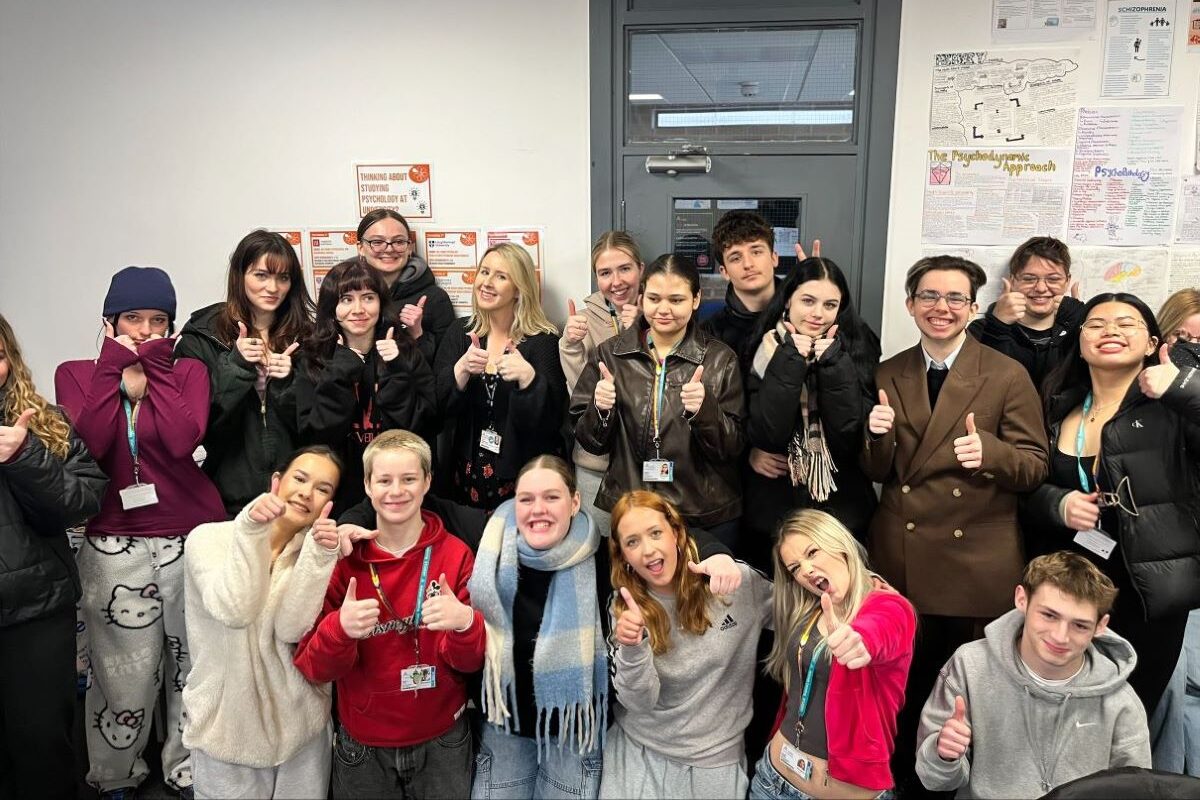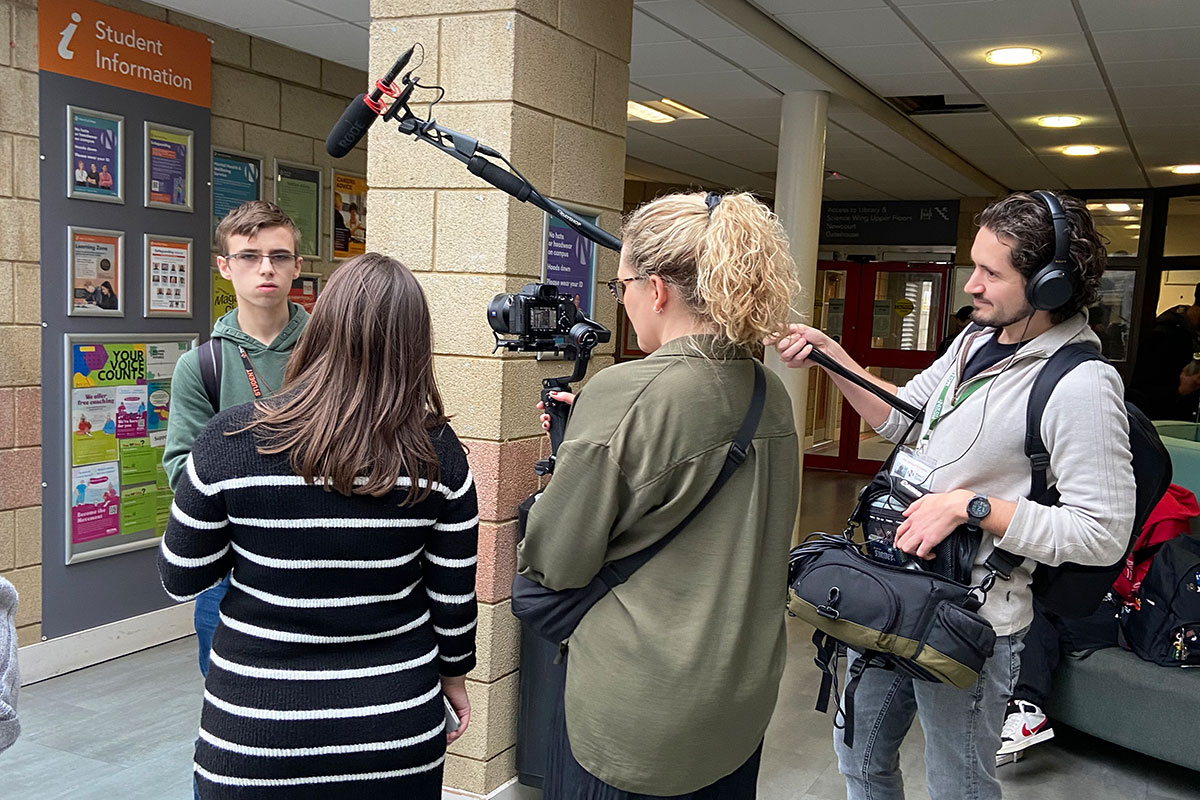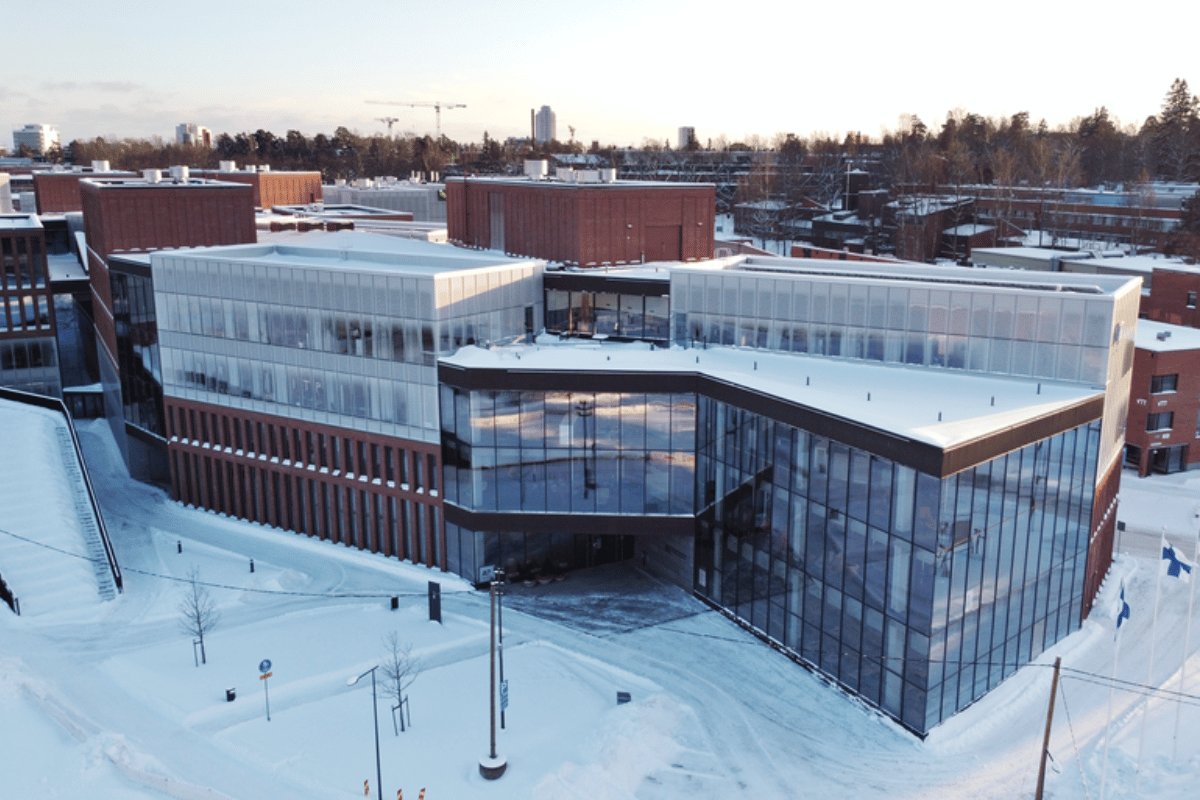Learning in the Metaverse

“Can’t live this lifeless life anymore. Screens, lectures, messages, mails, marks, deadlines, expectations, this room, that laptop, religion, restrictions, health, family, feelings, theories, equations, numbers…………and me, reasons are many. Thanks and sorry for everything.”
These were the last words of a young student from a premier institution in India before he took his life. He was a young man in his prime who should have been happy and enjoying life.
Was this a one-off incident? The statistics emphatically say no. The World Health Organisation (WHO) states in its 2021 report that about 700,000 people around the globe commit suicide every year, making it the fourth leading cause of death among 15 to 29 year-olds globally. A report on mental health published by WHO in 2017 found that among children between the ages of 13 and 15 in India, 25% experienced feelings of depression and 8% experienced symptoms of loneliness.
The COVID-19 pandemic has exacerbated the ‘pandemic’ of mental illness worldwide.
An OECD study, published in May 2021, reported increased anxiety levels in the general population of numerous countries. For instance, the U.K. saw an increase from 19 to 39%; the U.S., from 8.2 to 30.8%; Australia, from 13 to 21%; and New Zealand, from 6.1 to 15.6%. These figures illustrate the degree to which mental health issues intensified during the pandemic.
We seem to have forgotten a simple universal law of humanity – we are social and emotional beings and relationships form the core fabric of our lives. Our social interactions and our unsaid reliance on each other’s actions can trigger emotional reactions. While the virus itself is a serious physical illness, its greatest impact has been on our mental well-being, causing loneliness to rise due to the loss of face-to-face contact (Sommerlad et al., 2021). Adults and children could no longer share emotional experiences, losing out on the joyful exchange of emotions that occurs when we gather in groups (Brooks et al., 2020). Social connections are vital to the human experience. For example, most students report that schools are social-emotional spaces first and learning spaces second.
What we must learn from this experience is that our learning spaces need to be transformed. They must be about relationships first and knowledge second. Mental health management first and cognitive second.
So, what does this learning environment look like in the metaverse?
The metaverse announced the arrival of a single, universal, connected, online and virtual world. To foster emotional resilience in this online world, we need to create social and emotional spaces. For human beings to effectively learn, adapt and flourish, they need to feel socially connected and emotionally safe.
How do we enable this in the metaverse?
- Improve attention spans – Life in the metaverse will bring with it an overload of information riddled with distraction and confusion. Unlike in the past, when students received most information from textbooks, which could become outdated very quickly, today’s information is continuously updated and available at the click of a button. Knowledge will only continue to travel faster as technology advances. However, the use of multiple modes of learning, including sounds, movements, flickers and colours, can serve as a distraction. This was showcased in recent research by Horwood and Anglim (2019), which stated that the availability of devices within ‘arms reach’ has led to increased absent-mindedness and a reduced ability to think, recall and regulate emotions. This has contributed to shorter attention spans in children and adults. To navigate this ‘busy’, ‘noisy’ and ‘distracting’ metaverse, learners need to learn and practice ‘attention regulation’. Attention regulation is the ability to focus or concentrate on the activity or task at hand. A balance of exploration, choices and meaningful interactions help cultivate the needed attention skills. There must be tasks in the metaverse that allow children to explore their environment and provide an opportunity to discover new objects and experiences. For instance, an activity that requires finding objects hidden in a digital picture can help build attention. Attention regulation as a learning competency in our education systems, starting from early childhood, will aid in the cultivation of attention spans by inhibiting distractors.
- Regulate emotions – Interactions and learning trigger feelings and emotions. There is a need to develop emotional awareness, to pause and notice the emotional signals of the body. The practice of pause – the conscious allotting of space and time to look inwards and notice physical sensations like a ‘racing pulse’, a ‘shaking leg’ or a ‘clammy hand’ is a must for well-being. When things seem to be falling apart, it is useful to breathe. Evidence suggests that by counting our breaths and centering our breathing, we calm our minds. Whether dealing with difficult conversations with colleagues, family, friends, teachers or students, the ability to regulate emotion and attention is a well-being practice proven to mitigate accompanying anxiety, fear, anger or despair.
For instance, teaching children to pause or break when they are experiencing anger or fear and to recognise physical feelings is important. Feeling a pit in one’s stomach or a thumping heart are physical symptoms that often accompany intense emotional responses. At such times, a friend; app; conscious trained practice like counting numbers, breaths or tiles on the floor; time-out or break; or walking can all be good ways to physically distract focus and allow some of the intensity of the emotion to diminish.
- Build empathy – Empathy stimulates emotion and is a powerful force, connecting human beings. It can be evoked using stories and verbal exchanges. Stories stimulate brain networks that build emotional connections. Dialogue facilitates and intensifies the sharing of knowledge, ideas, words and emotions – whether discussing cultural diversity across physical spaces or learning in the classroom. Stories can be invoked through multiple modes easily provided in the digital world, including oral, written, video, comic-strips, virtual reality and even gameplay. This variety in story delivery has the ability to meet the needs of all learners (Vaccaro et al., 2021).
Recently, an online interactive digital game-based course was designed in the metaverse. It was developed around a text-based chat interface game called Bury Me, My Love, and was used to introduce students to the global refugee crisis (Mukund et al., 2022). The course leveraged pause points from the game and embedded explicit activities like discussions, reflections and podcasts to highlight points that required recognition of their own perspectives and those of migrants. This helped learners learn about and develop empathy towards the migrants and motivated them to take action towards positive change. We hope this learning experience will transfer to the real world in terms of behavioural change. The course also enabled teachers to facilitate classroom discussions, creating a blended or hybrid model of learning.
- Cultivate compassion and gratitude – Actions of kindness activate joy and reward networks in the brain and release endorphins and oxytocin – brain chemicals that offer solace and safety and restore joy and hope. Learning, whether face-to-face or in the metaverse, must emphasise the cultivation of compassion and gratitude. Being compassionate in the metaverse is about proactively effecting change. It is about taking positive actions to alleviate pain and suffering and to help others – however small an action it might seem – because it is small actions multiplied a billion times over that will change the world.
- Promote community – The greatest lesson from the COVID-19 pandemic was the importance of the world’s ‘connectedness’. The metaverse offers great opportunities to develop learners’ awareness of the connected world we live in. The online world is already perceived to be connected because it is a ‘web’, but the physical world is often perceived as one of silos, physically separated and distinct. Learning in the metaverse, which uses digital dialogue, multi-player gaming, etc., offers the opportunity to recognise the value of a connected world that must be protected and preserved by all, for all and the future. It offers the potential to build global citizenship because it affords a space for young learners to connect across geographical distances.
The metaverse is here to stay and we cannot let learners disappear in it. Instead, we must embrace a mixed reality of the physical and virtual worlds. In this mixed reality, the challenges will be maintaining full awareness of when we are in the metaverse and when we are in the physical world and remembering the importance of striding through both worlds in an emotionally resilient manner. Living in this mixed reality would require building our attention regulation, supported by a suite of competencies in emotional regulation, empathy and compassion. By making social and emotional learning central in the metaverse, there is an opportunity to not only bridge the virtuality-reality divide (that loss of awareness of the invisible line between virtuality and reality) but to also foster community and kinship that can drive behavioural change in the real world.
Nandini Chatterjee Singh, Senior Project Officer, UNESCO MGIEP and Anantha Duraiappah, Director, UNESCO MGIEP











Responses